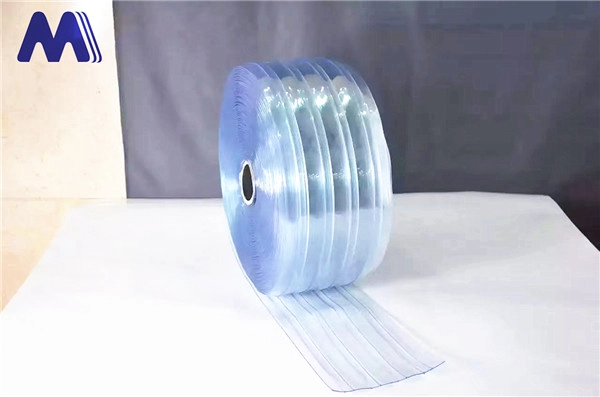- Afrikaans
- Albanian
- Amharic
- Arabic
- Armenian
- Azerbaijani
- Basque
- Belarusian
- Bengali
- Bosnian
- Bulgarian
- Catalan
- Cebuano
- Corsican
- Croatian
- Czech
- Danish
- Dutch
- English
- Esperanto
- Estonian
- Finnish
- French
- Frisian
- Galician
- Georgian
- German
- Greek
- Gujarati
- Haitian Creole
- hausa
- hawaiian
- Hebrew
- Hindi
- Miao
- Hungarian
- Icelandic
- igbo
- Indonesian
- irish
- Italian
- Japanese
- Javanese
- Kannada
- kazakh
- Khmer
- Rwandese
- Korean
- Kurdish
- Kyrgyz
- Lao
- Latin
- Latvian
- Lithuanian
- Luxembourgish
- Macedonian
- Malgashi
- Malay
- Malayalam
- Maltese
- Maori
- Marathi
- Mongolian
- Myanmar
- Nepali
- Norwegian
- Norwegian
- Occitan
- Pashto
- Persian
- Polish
- Portuguese
- Punjabi
- Romanian
- Russian
- Samoan
- Scottish Gaelic
- Serbian
- Sesotho
- Shona
- Sindhi
- Sinhala
- Slovak
- Slovenian
- Somali
- Spanish
- Sundanese
- Swahili
- Swedish
- Tagalog
- Tajik
- Tamil
- Tatar
- Telugu
- Thai
- Turkish
- Turkmen
- Ukrainian
- Urdu
- Uighur
- Uzbek
- Vietnamese
- Welsh
- Bantu
- Yiddish
- Yoruba
- Zulu
Choosing the Best Materials for Freezer Curtain Applications
The Importance of Selecting the Right Freezer Curtain Material
In both commercial and industrial settings, maintaining optimal temperature control is critical for the preservation of perishable goods. Freezer curtains play a vital role in this aspect, serving as barriers that help maintain the cool environment within freezers and coolers while allowing for easy access. When it comes to freezer curtains, the choice of material is paramount, as it directly affects efficiency, durability, and overall performance. This article explores the importance of selecting the right freezer curtain material and the various types available in the market.
What are Freezer Curtains?
Freezer curtains, also known as thermal curtains or strip curtains, are used to seal off openings to cold storage areas, preventing cold air from escaping and outdoor temperatures from entering. They are typically made of flexible materials that can withstand extremely low temperatures while still allowing for quick and easy passage of personnel, equipment, and products. When properly installed, freezer curtains can significantly reduce energy costs, improve temperature stability, and enhance the overall efficiency of refrigeration systems.
Key Features of Freezer Curtain Materials
When considering materials for freezer curtains, several key features should be evaluated
1. Temperature Resistance The material must be able to withstand the low temperatures typically found in freezers without becoming brittle or losing flexibility. Materials such as PVC and vinyl are commonly used as they maintain their integrity even in sub-zero conditions.
2. Insulation Properties Effective insulation is crucial to limit heat transfer. The thickness and density of the material impact its insulation properties, so selecting a thicker curtain can enhance thermal performance.
3. Durability Freezer curtains should be durable enough to resist wear and tear from frequent traffic, chemicals, and moisture. A robust material ensures a longer lifespan and reduces replacement costs.
4. Clarity and Visibility Transparent or semi-transparent materials allow for visibility, which is important for safety and efficiency. Workers should be able to see through the curtains to avoid collisions while passing through.
freezer curtain material

5. Ease of Installation and Maintenance The installation process should be straightforward, and the material should be easy to clean or maintain, enhancing user convenience.
Common Materials for Freezer Curtains
There are several popular materials used for manufacturing freezer curtains, each with its own advantages
1. Polyvinyl Chloride (PVC) PVC is one of the most widely used materials for freezer curtains due to its excellent temperature resistance, flexibility, and durability. It's available in various thicknesses and can be produced in clear options for visibility.
2. Vinyl Similar to PVC, vinyl curtains offer great insulation properties and durability. They are often treated to resist UV light and will hold up well in high-traffic areas.
3. Polyester While less common than PVC or vinyl, polyester is also used in some applications due to its lightweight and flexible nature. However, it may not always provide the same level of insulation.
4. Rubber In certain scenarios, rubber materials may be utilized for freezer curtains, especially in environments where chemical exposure or heavy impact is a concern.
Conclusion
Selecting the appropriate freezer curtain material is essential for achieving energy efficiency and maintaining the integrity of cold storage environments. As businesses aim to reduce operational costs and improve sustainability, investing in high-quality freezer curtains made from durable, temperature-resistant materials is a smart choice. Make sure to evaluate the specific needs of your operational environment, considering factors such as traffic volume, temperature requirements, and maintenance before committing to a particular material. By prioritizing these considerations, you can ensure that your freezer systems operate effectively and efficiently, safeguarding your perishable inventory for the long term.
-
Industrial Strip Curtains - Durable PVC & Plastic Solutions for Industrial DoorsNewsJun.24,2025
-
PVC Curtain Strip – Durable Standard PVC Strips for DoorsNewsJun.10,2025
-
PVC Strip Curtain – Durable & Transparent Plastic Strips for Industrial Use Affordable PricesNewsJun.10,2025
-
Clear Plastic Door Curtains Durable & Insulating VisibilityNewsJun.09,2025
-
Commercial Strip Curtains Energy Savings & Durability for Industrial UseNewsJun.09,2025
-
Anti-Cold PVC Strip Curtains Thermal Insulation & Energy Saving SolutionsNewsJun.09,2025



